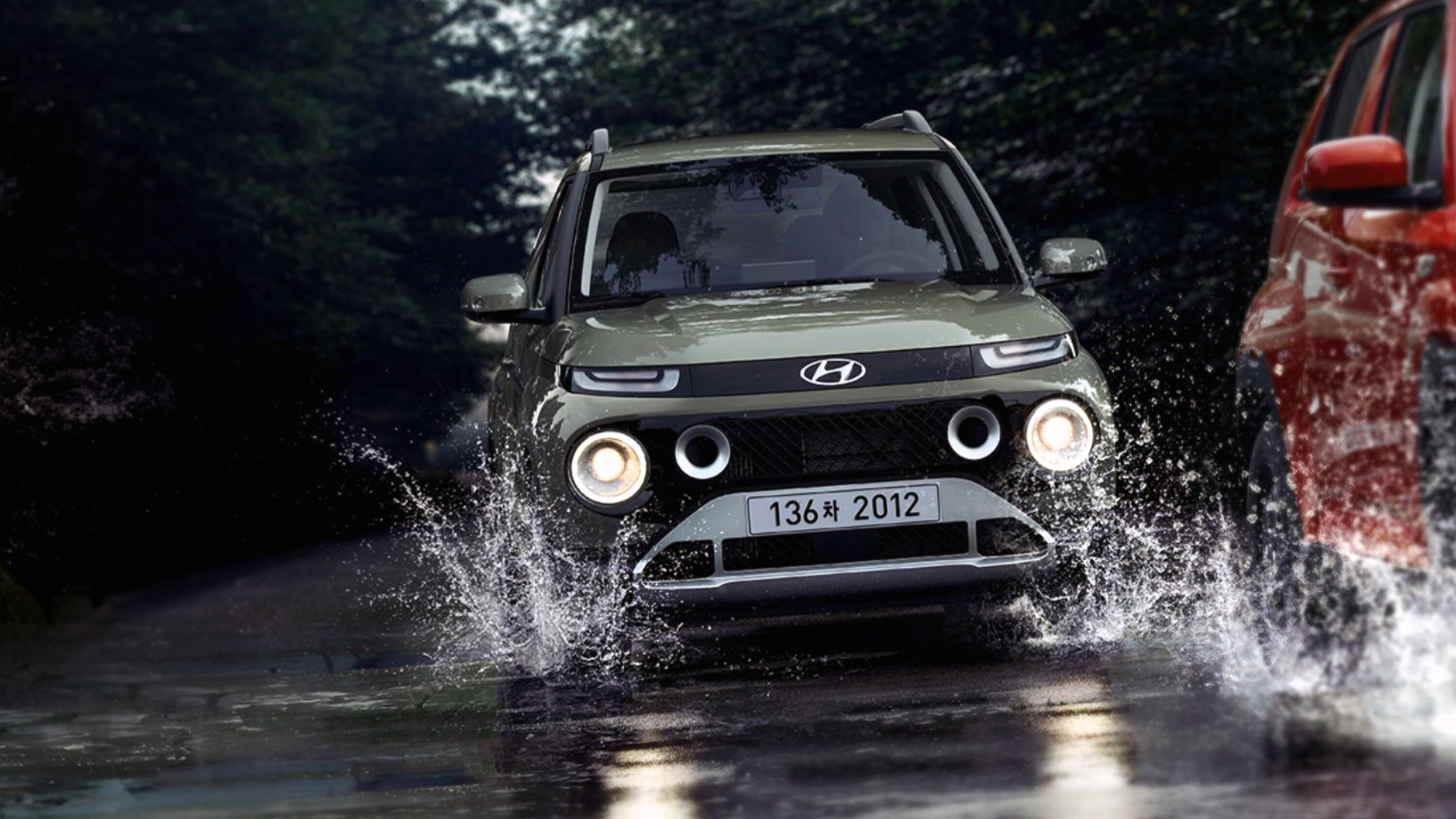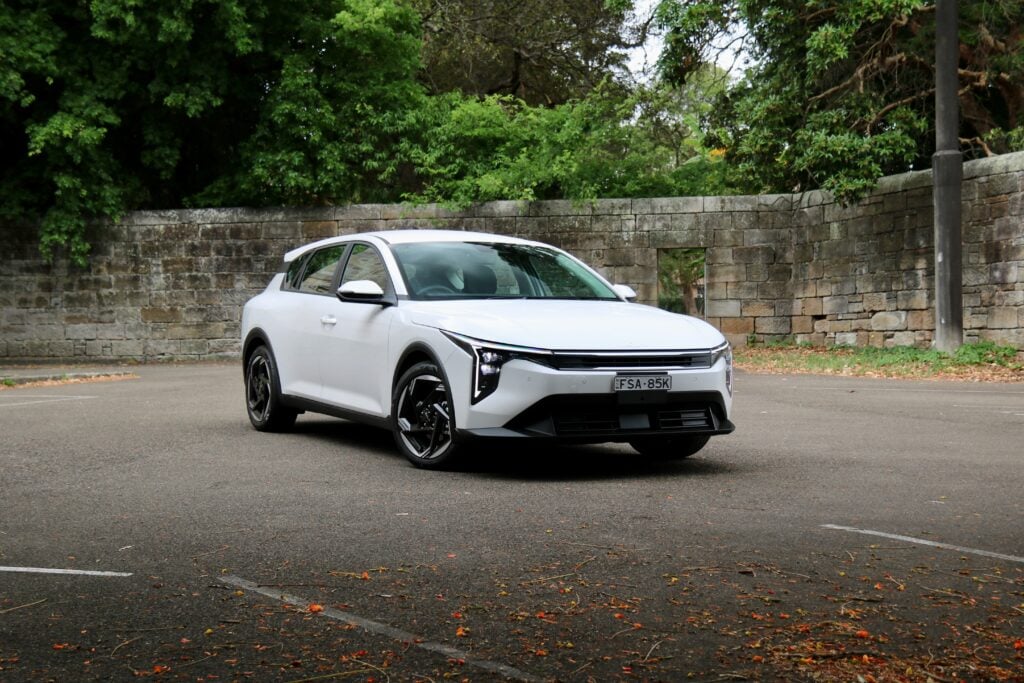Score breakdown
Things we like
- Oddball styling
- Clever packaging
- Available equipment
Not so much
- Cheap cabin plastics
- Not for sale in Australia
- Tiny boot
Rolls-Royce has the Ghost, Dodge the Demon and Lamborghini the Diablo, but only Hyundai has the Casper.
It seemed appropriate that we drove Hyundai’s new micro SUV around Halloween – not that the annual trick-or-treat-fest is as popular in Australia as the US. Nor in South Korea, where we got behind the wheel of what is Hyundai’s smallest passenger vehicle.
Currently only sold in Korea, the diminutive five-door Casper – with its raised ride height and plastic wheel arch flares – is a crossover city car built on the same K1 platform as the i10 and Kia Picanto, and was introduced into Hyundai’s local market last year.
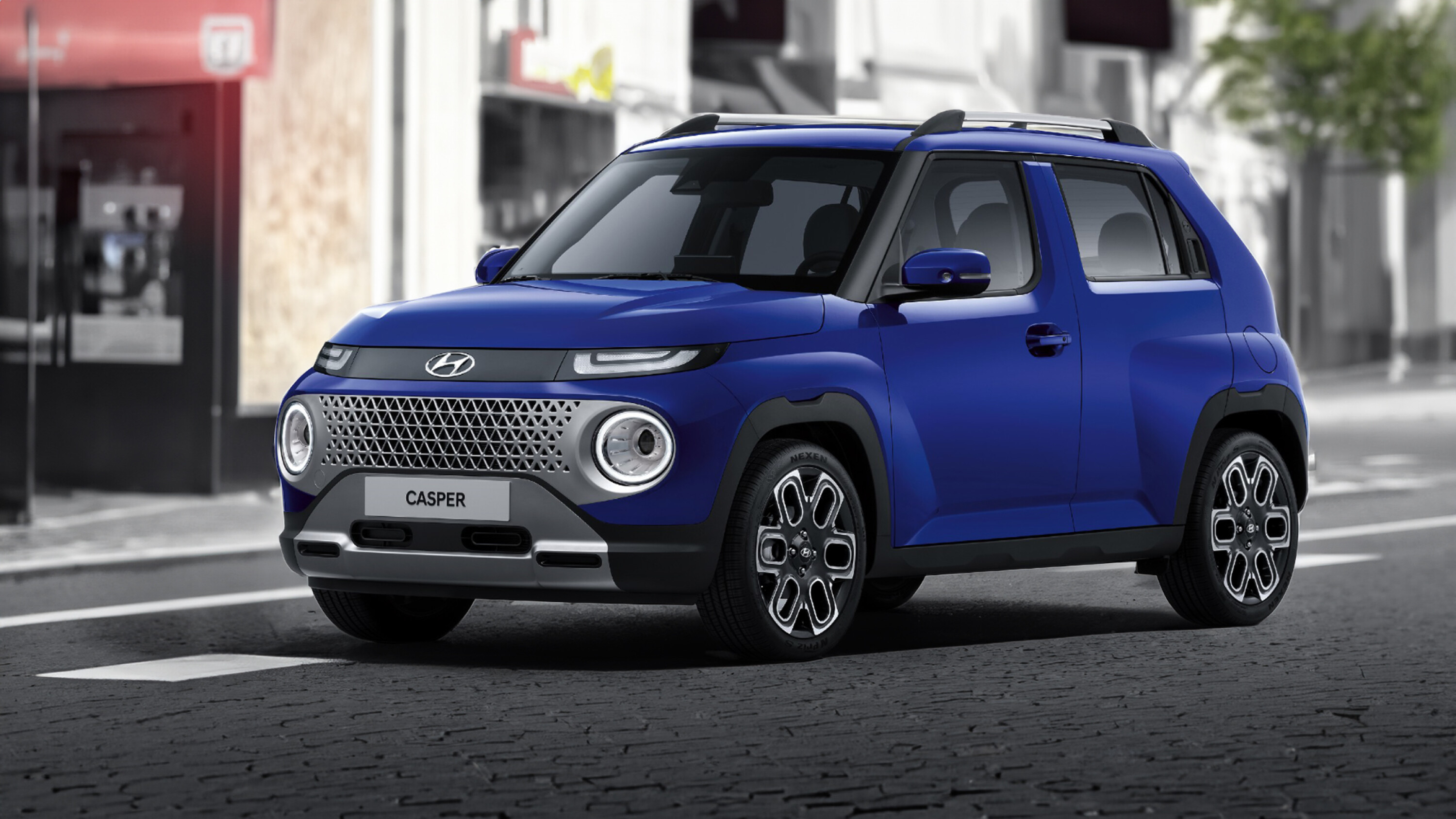
With quirky, retro-futuristic styling, design chief Simon Loasby said Hyundai called it Casper because “we feel it’s a car which becomes your friend”.
A car’s colours always reveal much about its personality. The Casper comes in six shades, the coolest of which are Tomboy Khaki green and Soultronic Orange Pearl. Hyundai also offers some funky interior colour combinations including an eye-popping white and purplish-blue.
For now, the Casper is offered with two petrol 1.0-litre three-cylinder engines – a naturally aspirated 56kW/95Nm version and one with a tiny turbocharger, producing a meatier 74kW/172Nm. Both are front-drive and use a four-speed automatic, which we presume is a very old design.

But that matters not, as an electric version is on the way, according to credible reports by South Korean auto media – and as we reported ourselves a while ago.
In Korea, an electric Casper could attempt to match the popular Chevrolet Bolt’s offering, which includes a single 149kW front-mounted electric motor and 66kWh battery offering around 380km of (WLTP) range. Without subsidies, the Bolt’s price roughly converts to AU$45,000.
Of course, the Bolt isn’t sold in Australia, but an electric Casper could be – and there are rivals waiting here for it.
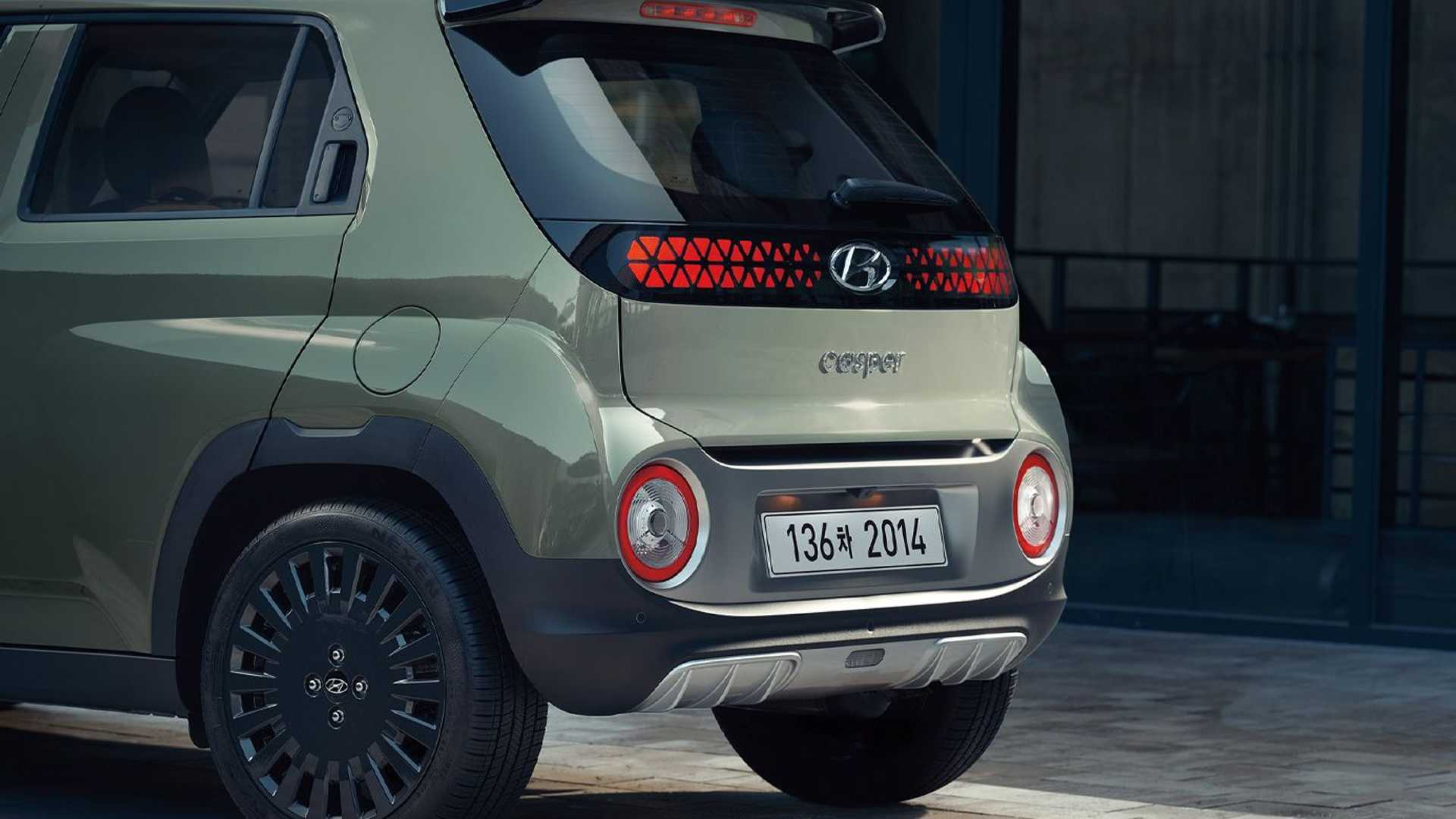
In Australia, an electric Casper could compete with the current cheapest EVs, such as the MG 4, the GWM Ora and the BYD Dolphin – all Chinese, and all a smidge under $40k.
Of course, Hyundai has said it won’t compete with the Chinese on price, which makes an Australian debut for the Casper a little tricky…
And, with Hyundai HQ in Korea having not even confirmed an electric Casper being in development, the local arm has had no comment to offer. We can only pray to the electric vehicle gods – or speak to them via seance (whatever your spooky communication method of choice).
Undoubtedly, an electric Casper would be very cool.
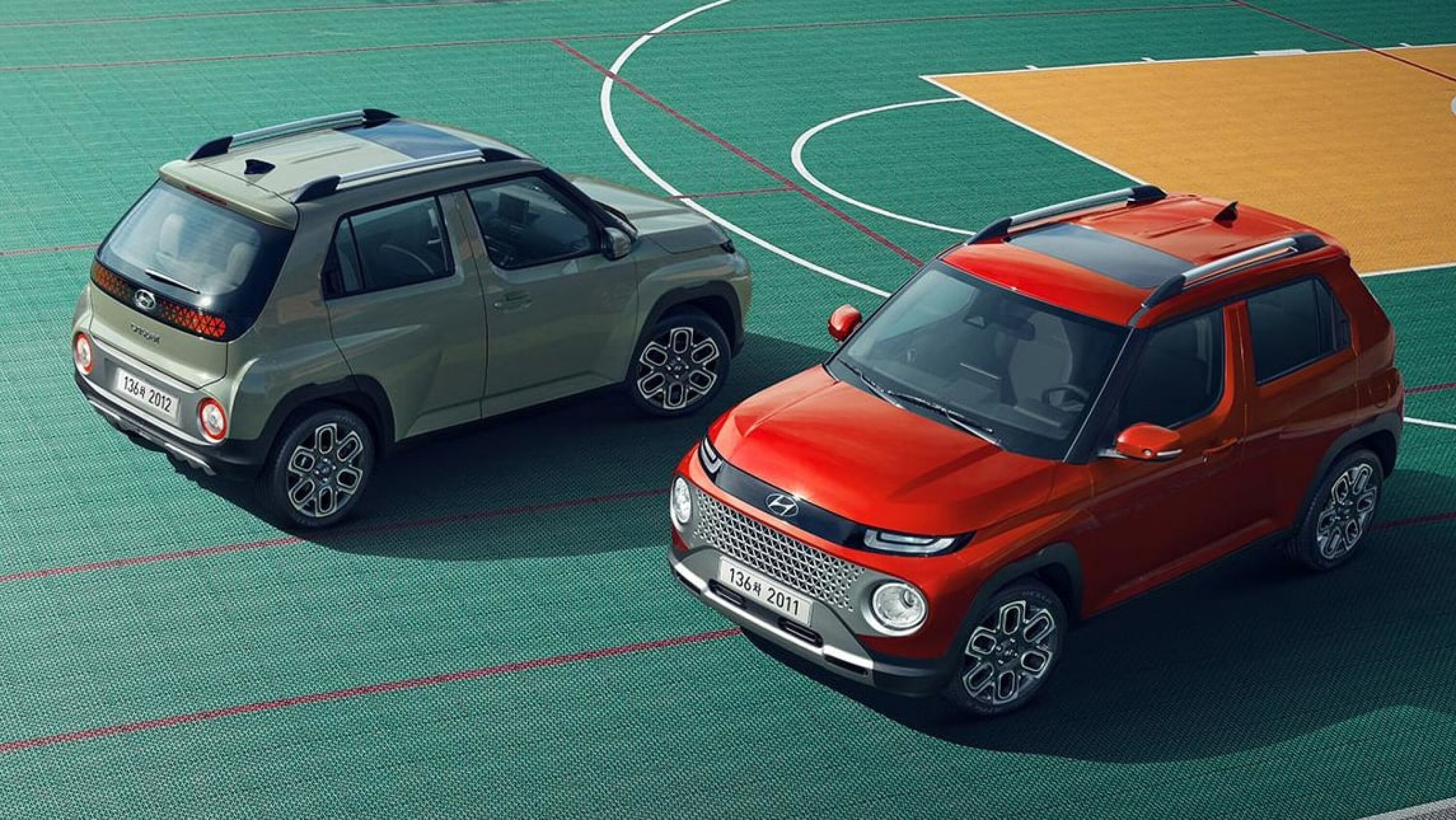
On a trip to South Korea last year, Wheels got the chance to test drive the petrol Casper. There aren’t many cars we’ve ever described as adorable…
But, at just 3.6 metres long and 1.6 metres wide, the Casper is almost toy-like – about the same size as a Suzuki Jimny and a class below Hyundai’s small Venue SUV. It’s cute as a button.
I love that the turbocharged model is distinguished by two circular, silver air intakes on the front bumper and that the Casper, with its tiny overhangs and squared-off wheel arches, makes 17-inch wheels look like 20s.
The Casper’s front doors feel thin and light and once you’re inside, you sit behind a flat, near-vertical windscreen looking over a cute little bonnet bulge. It feels like a baby Jeep Wrangler (with a slightly better interior).
Packaging is good for the Casper’s size – on our test, two adult males up front were hardly rubbing shoulders. Headroom is very generous, although tall people might struggle with knee room, especially given the lack of steering wheel reach adjustment.
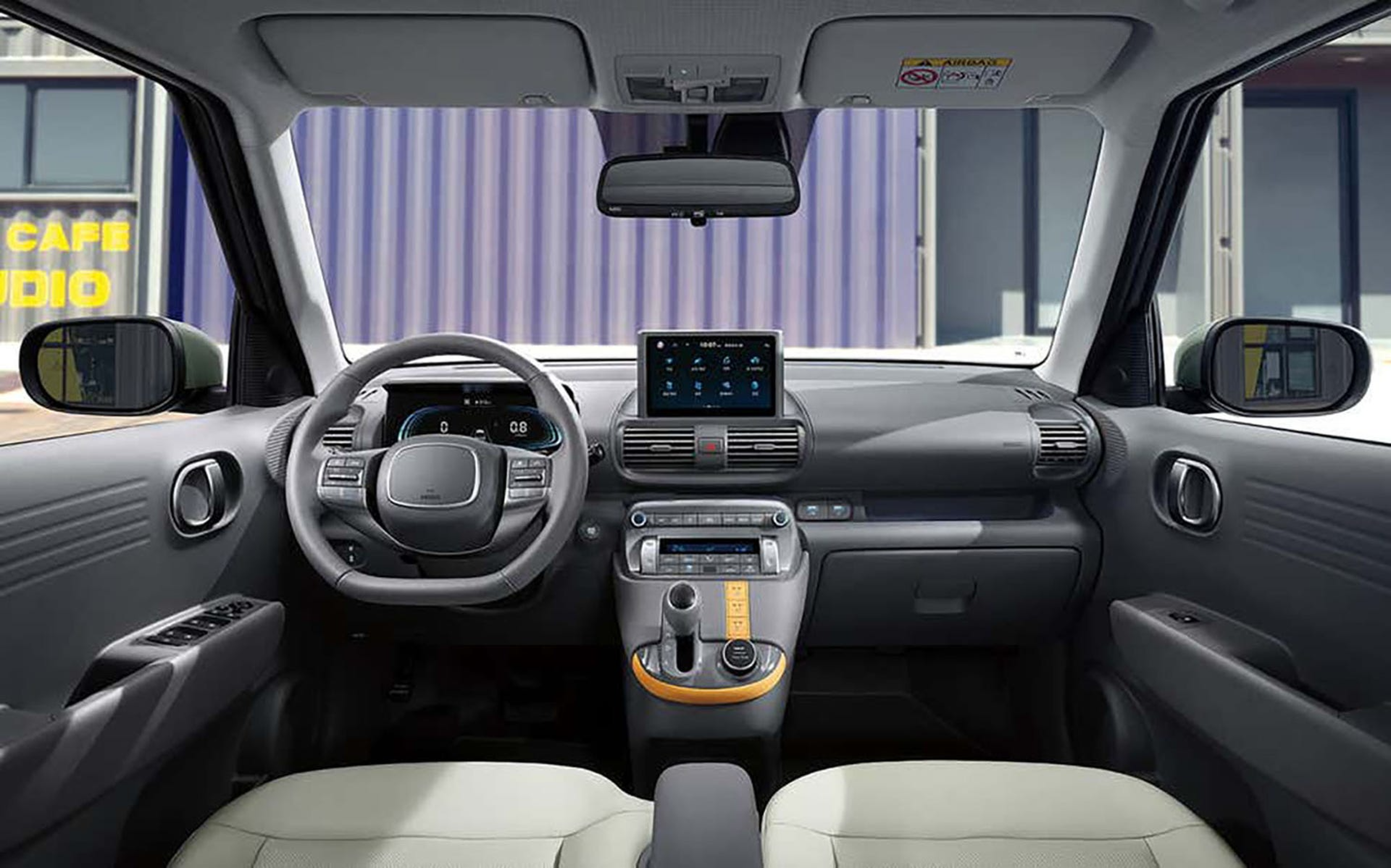
It’s well-enough equipped in the cabin, if not game-changing. There’s a 4.2-inch semi-digital instrument display and an 8.0-inch central infotainment touchscreen.
Cheap, scratchy plastics abound – including the entire door cards – but then the Casper does start from something like $19,000 in Korea.
Our up-spec test vehicle had an impressive amount of equipment – leather steering wheel trim, heated front seats with ventilation for the driver, adaptive cruise control, lane-keep assist, blind-spot monitoring, automatic high beam and a sunroof. The Casper has two USB-A outlets up front (although no USB-C). It has seven airbags.
There’s some clever interior design going on, as well. The centre console, including cup holder, is incorporated into the driver’s seat and the whole unit slides back and forward as one.
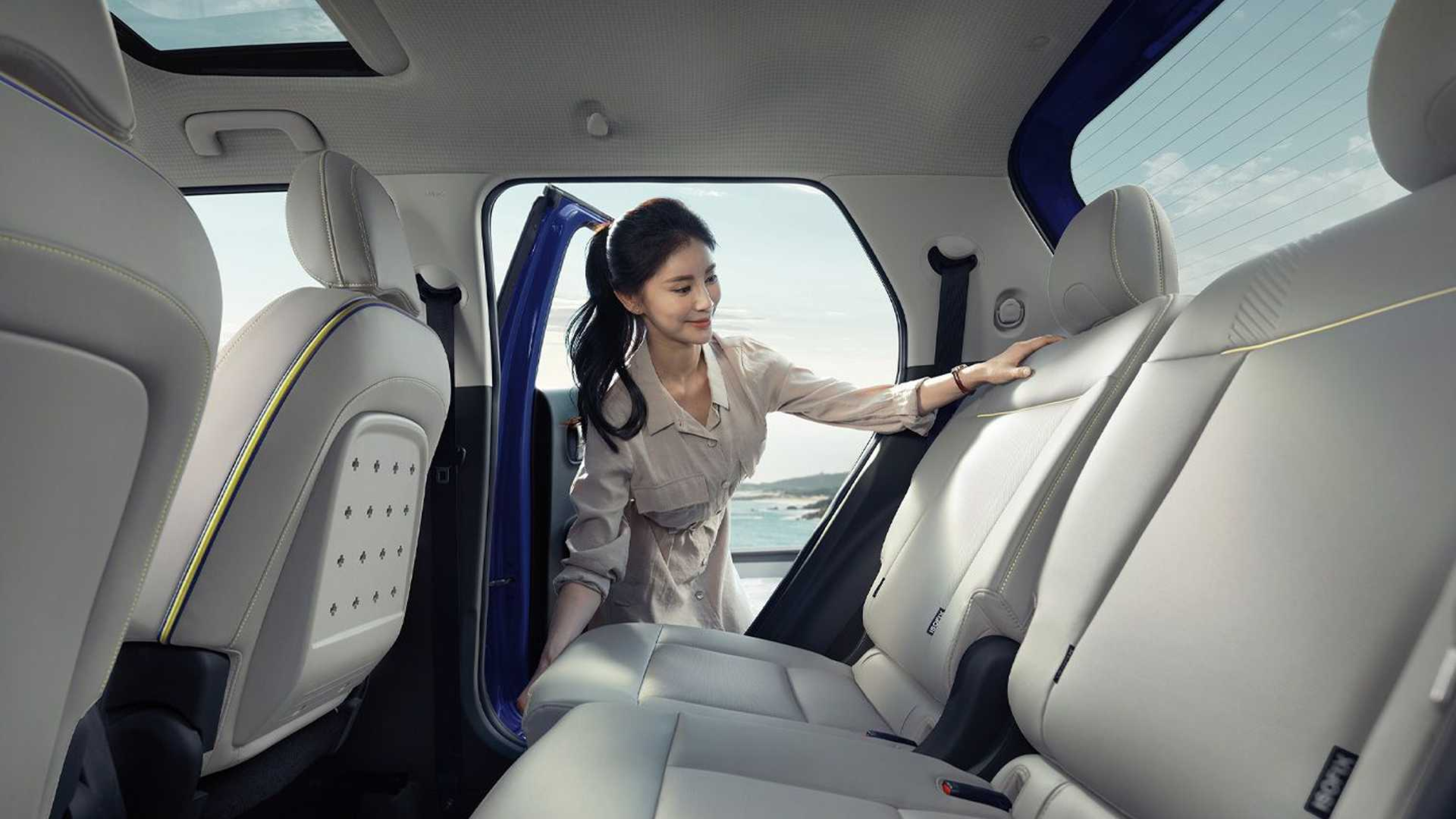
The back seats are also on rails, meaning you can slide them forward to increase boot space when you don’t have rear passengers (but you do sort of have to pick between the two – boot space, or friends).
The Casper is a four-seater and there’s more than enough space for two adults in the rear. Headroom back there is especially generous, although there are no air vents and only a single USB-A outlet.
To drive, the Casper feels delightfully small with lovely, light steering.
While not the quietest or smoothest engine – nor powerful; the naturally aspirated Casper won’t be winning many drag races – the 1.0-litre’s distinctive three-cylinder noise certainly contributes to the Casper’s likeable quirkiness. Sadly we didn’t get to drive the turbo version.
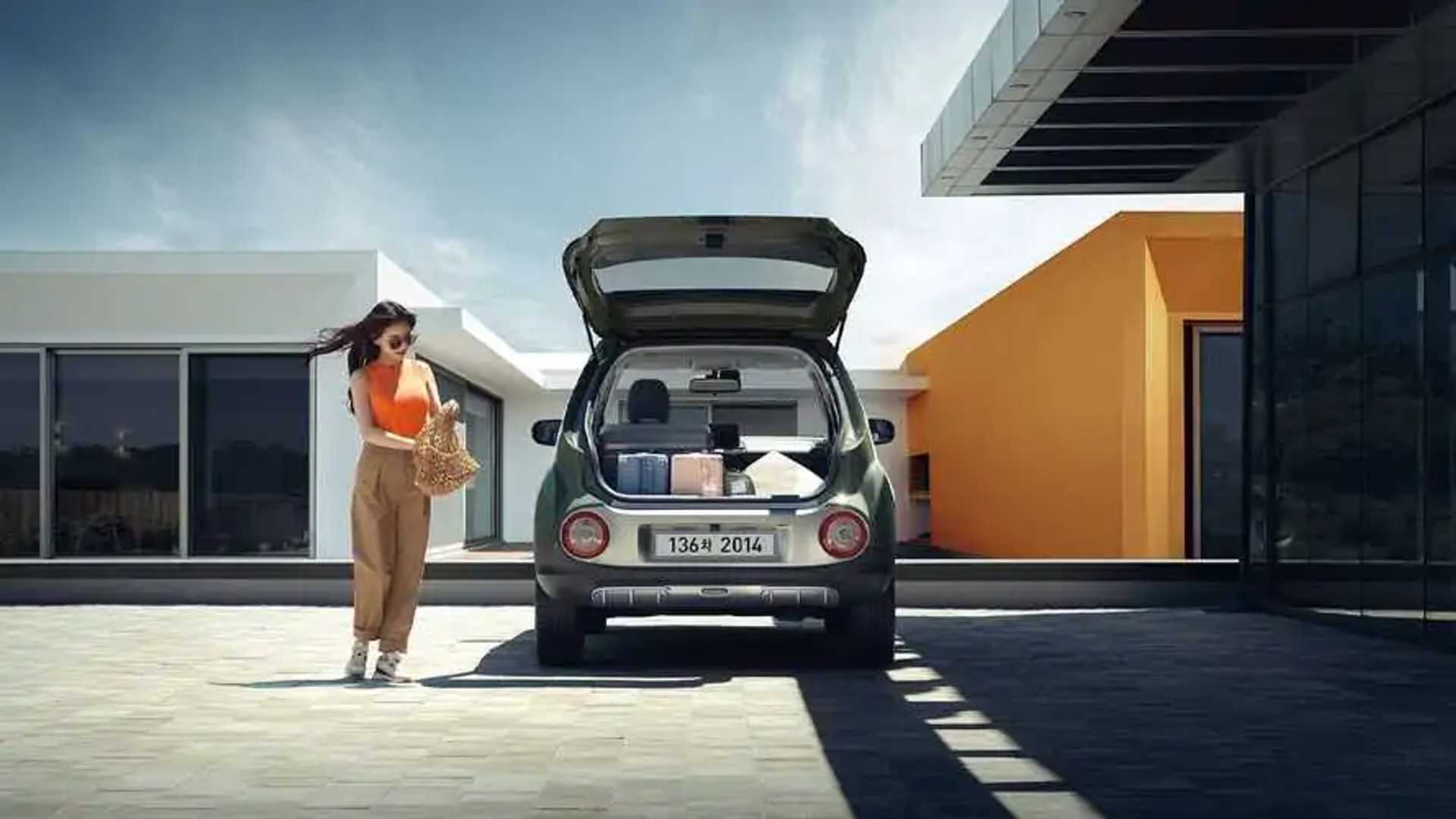
The front-drive Casper is made to run around the inner city and at this, it excels.
On offer are Normal and Sport modes. Normal mode feels programmed for maximum fuel economy – always reaching for the highest gear – while Sport turns the instrument display red and increases throttle response.
While the Casper features Snow, Mud and Sand terrain modes, you’d be brave to drive it through anything more than a puddle. Indeed, the front-drive Casper is made to run around the inner city and at this, it excels. Ride quality is also comfortable in the urban jungle, thanks to soft springs.
On the open road, the Casper performs fine but you wouldn’t want to buy one for the Australian countryside if you were doing long stints at 100km/h on coarse-chip roads. In these conditions, it’s not the quietest car.
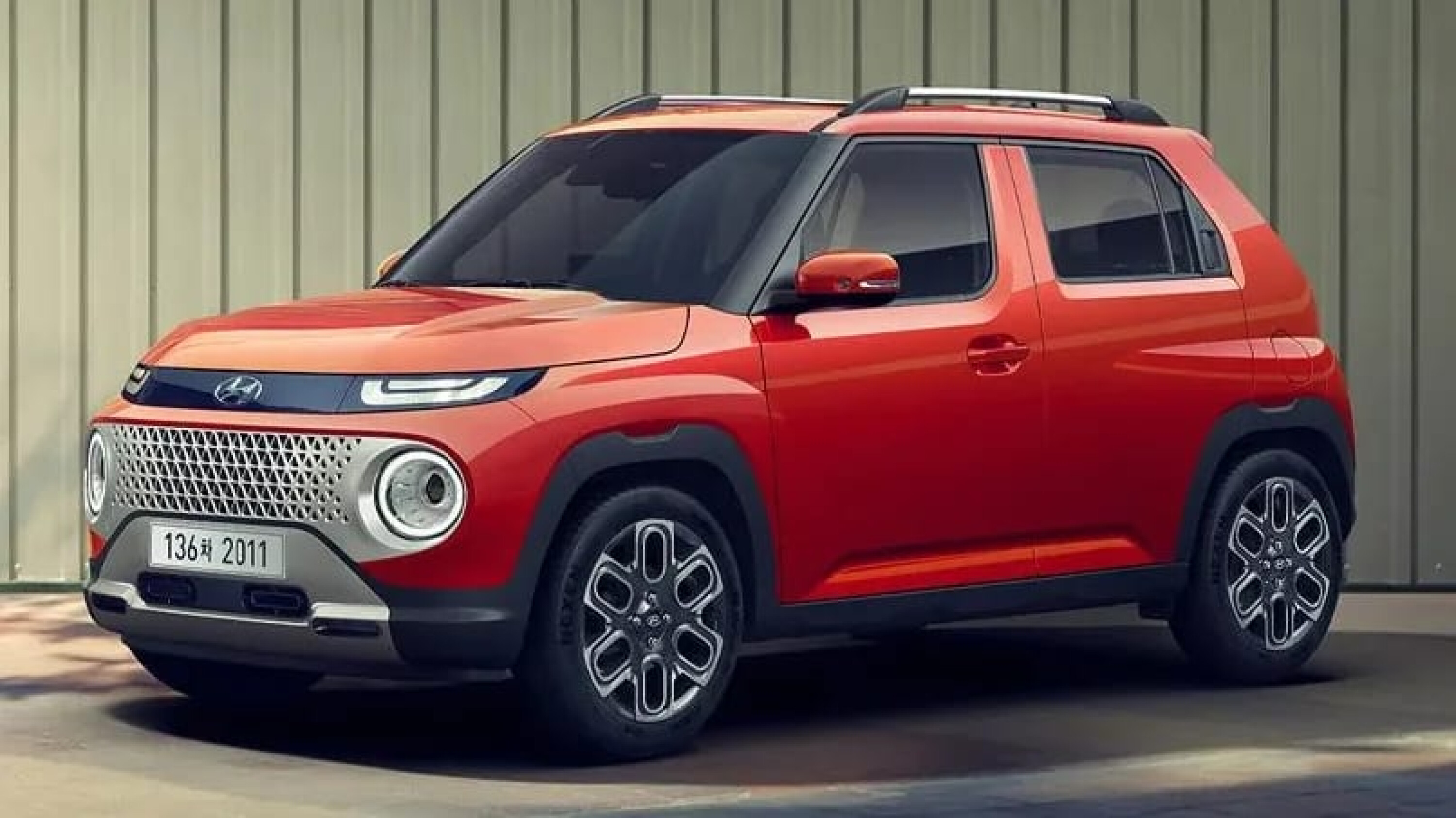
For its size, it could also be more fuel efficient.
Our test car’s trip computer reported around 8.0L/100km. For the atmo Casper, Hyundai claims 7.0L/100km combined. It has a 35-litre fuel tank.
With its unremarkable fuel economy, thrashy and underpowered three-cylinder engine and archaic four-speed auto with overly tall ratios, we say junk the whole powertrain and retrofit an electric motor and batteries – and we’re pleased to know Hyundai has (supposedly) already had the same idea.
A punchy, quiet electric motor up front and a little battery pack would greatly improve the Casper’s inner-city appeal.
VERDICT
The Casper is fun, quirky and cool. It’s different – and in a world where all new cars are starting to look and feel a bit too similar, different is good.
We’re speculating wildly but an electric Casper with around 350km range for something like $40,000 would make an abundance of sense in an Australian city.
Get out the Ouija board and put in the request.
| 2023 Hyundai Casper specifications | |
|---|---|
| Engine | 998cc 3-cyl petrol |
| Power | 56kW @ 6200rpm |
| Torque | 95Nm @ 3750rpm |
| Weight | 1060kg |
| L/W/H/W-B | 3595/1595/1575/2400mm |
| Price | not confirmed for Australia |
| On sale | not confirmed for Australia |
Score breakdown
Things we like
- Oddball styling
- Clever packaging
- Available equipment
Not so much
- Cheap cabin plastics
- Not for sale in Australia
- Tiny boot
We recommend
-
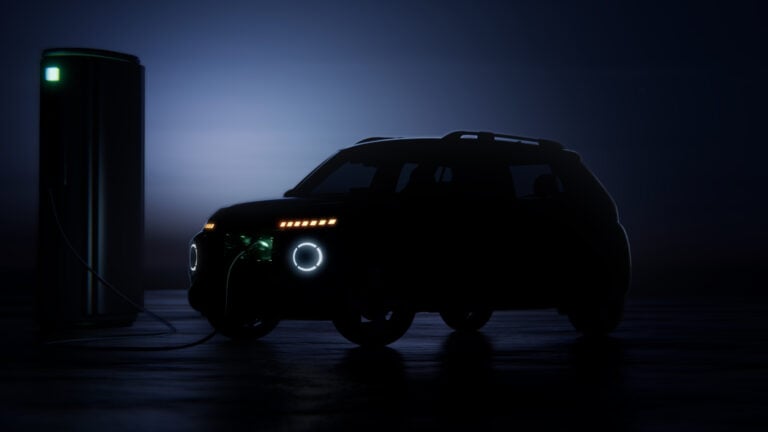 News
NewsHyundai Inster name confirmed for electric city hatch, Australia likely
Hyundai is developing an electric version of its tiny Casper hatch – and there’s a high chance it will come to Australia
-
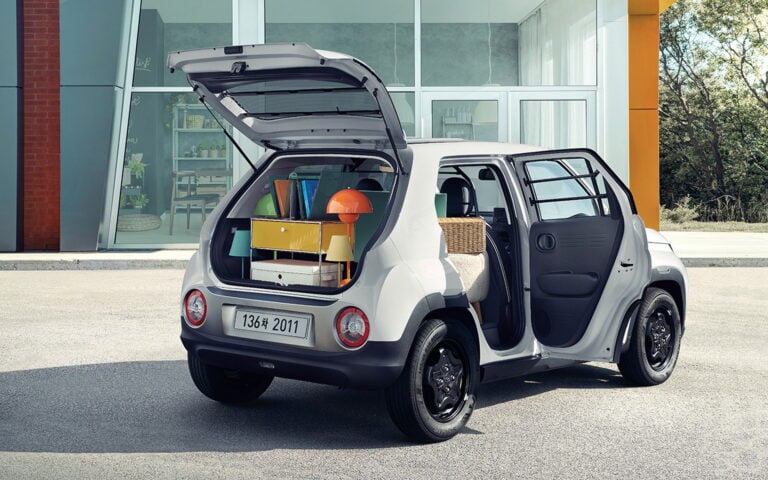 News
News2022 Hyundai Casper Van revealed for Korea
The tiny crossover swaps out its rear seats for a larger cargo area
-
 News
NewsNew car calendar 2026: All the new cars coming to Australia next year
Here’s the WhichCar by Wheels guide to all the new cars that will launch in Australia in 2026. Check back in regularly for updates...

